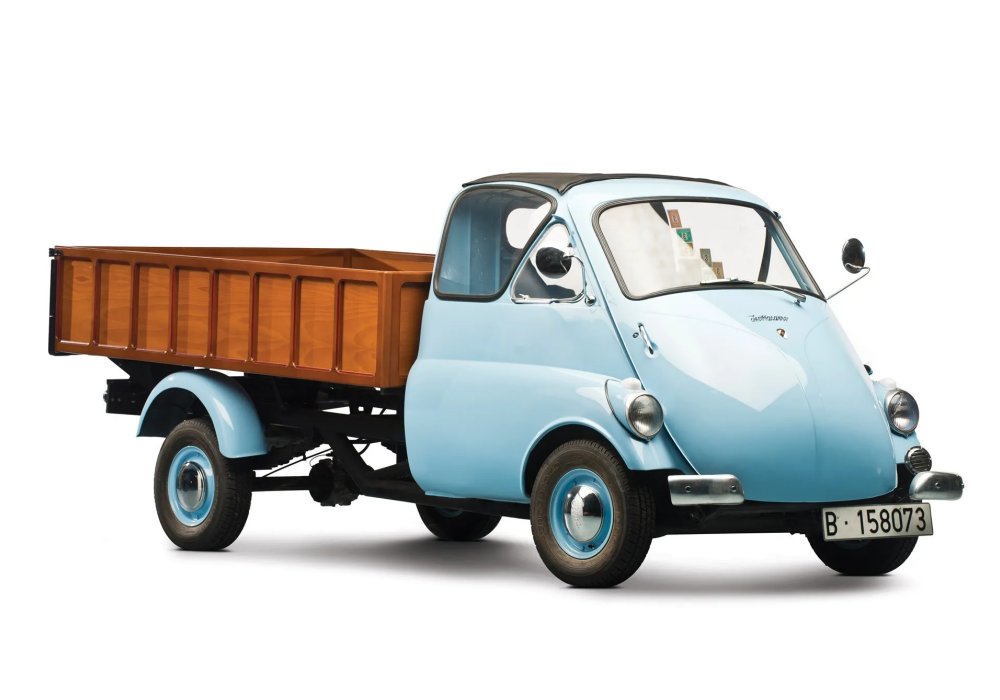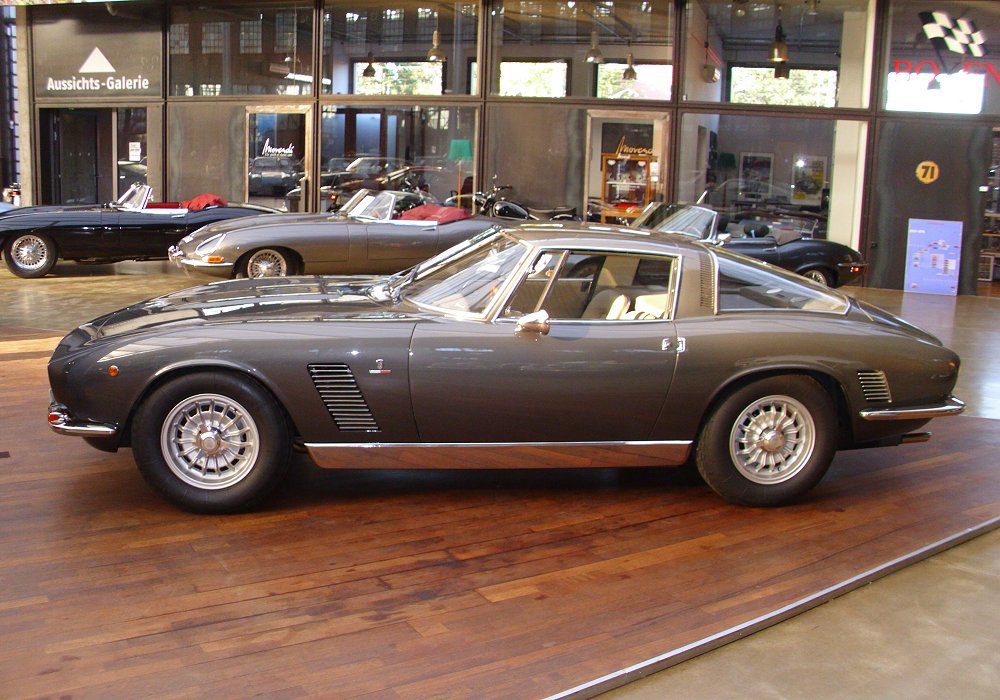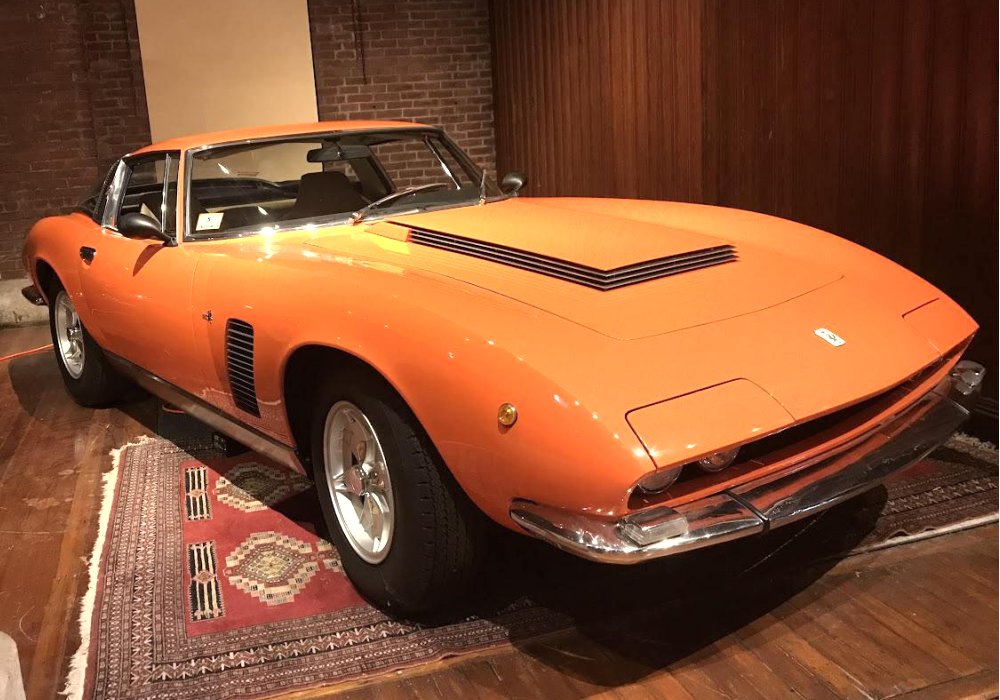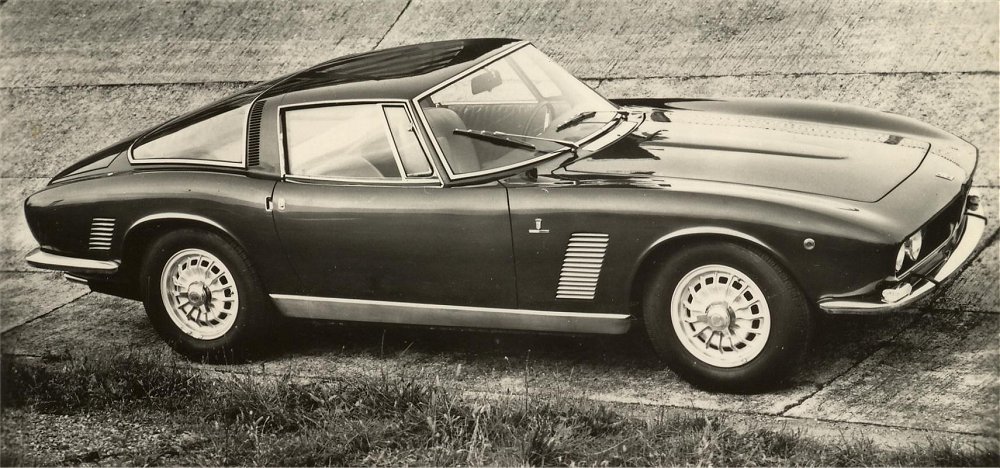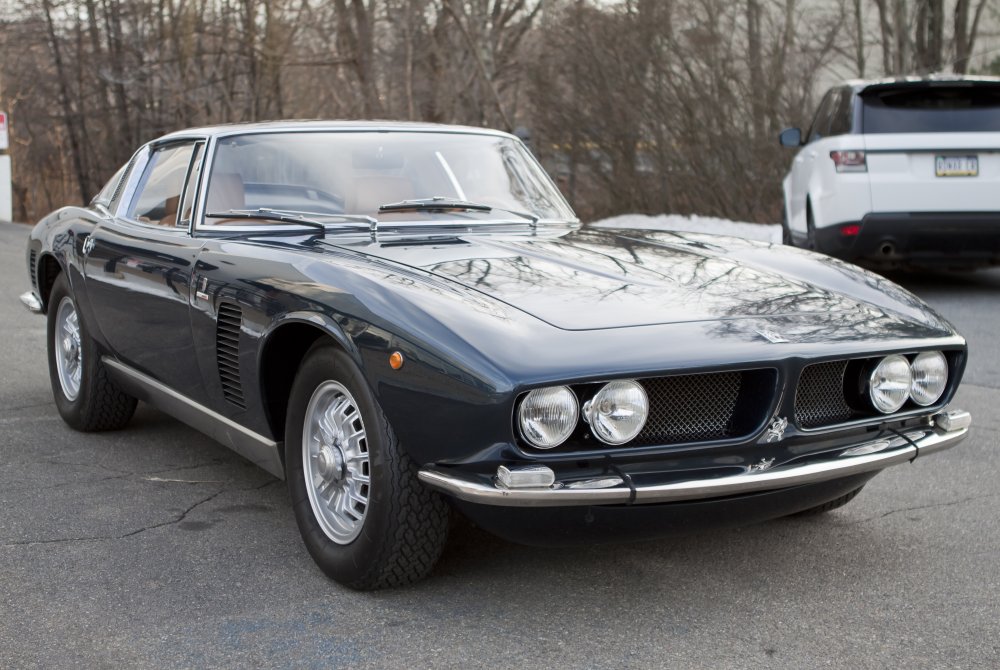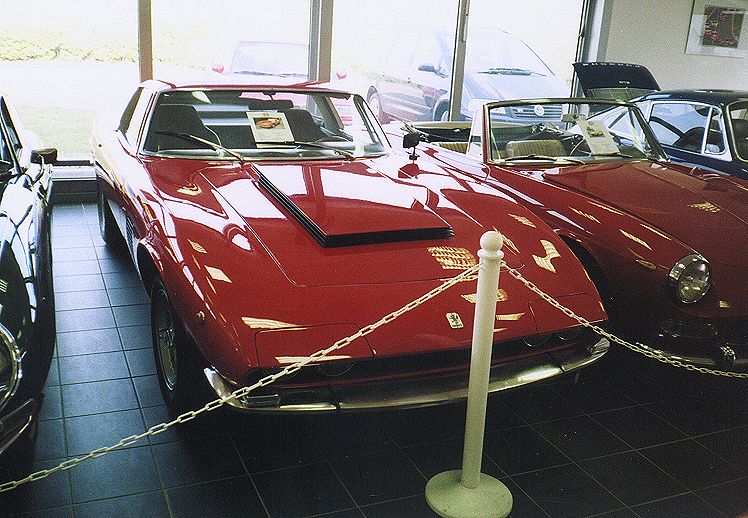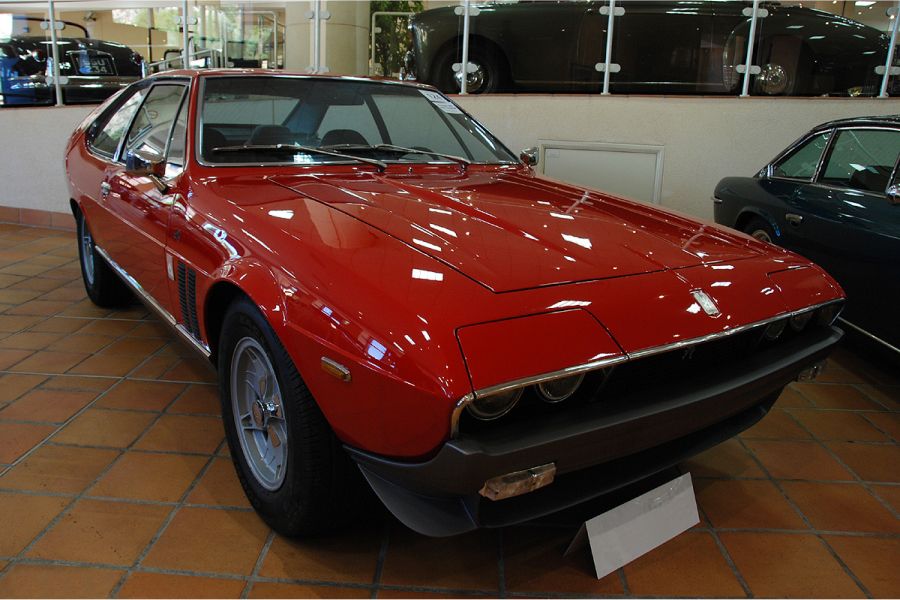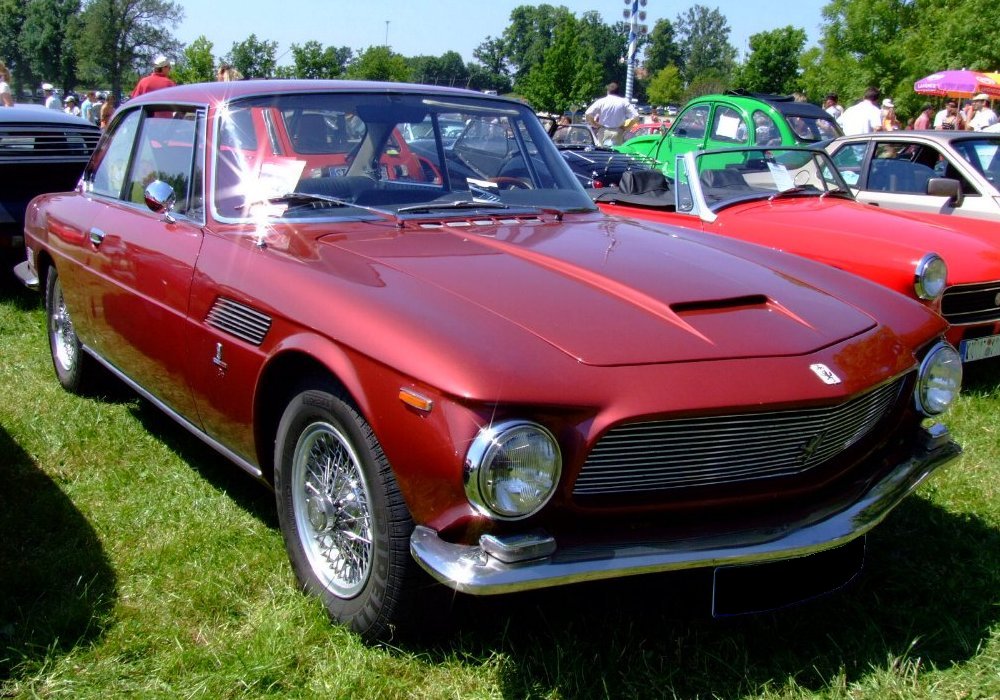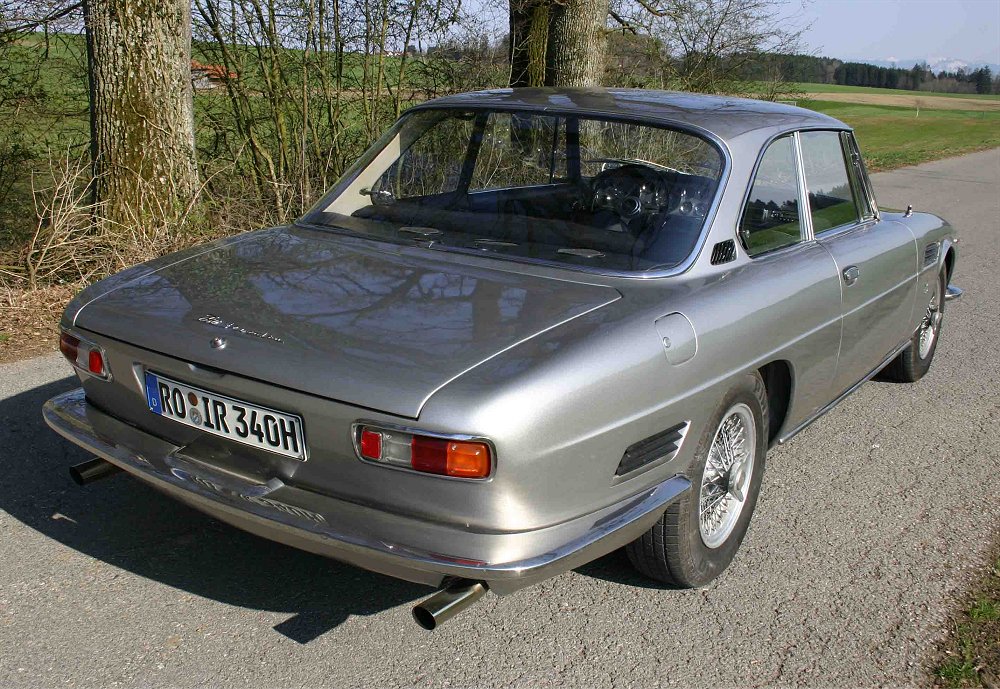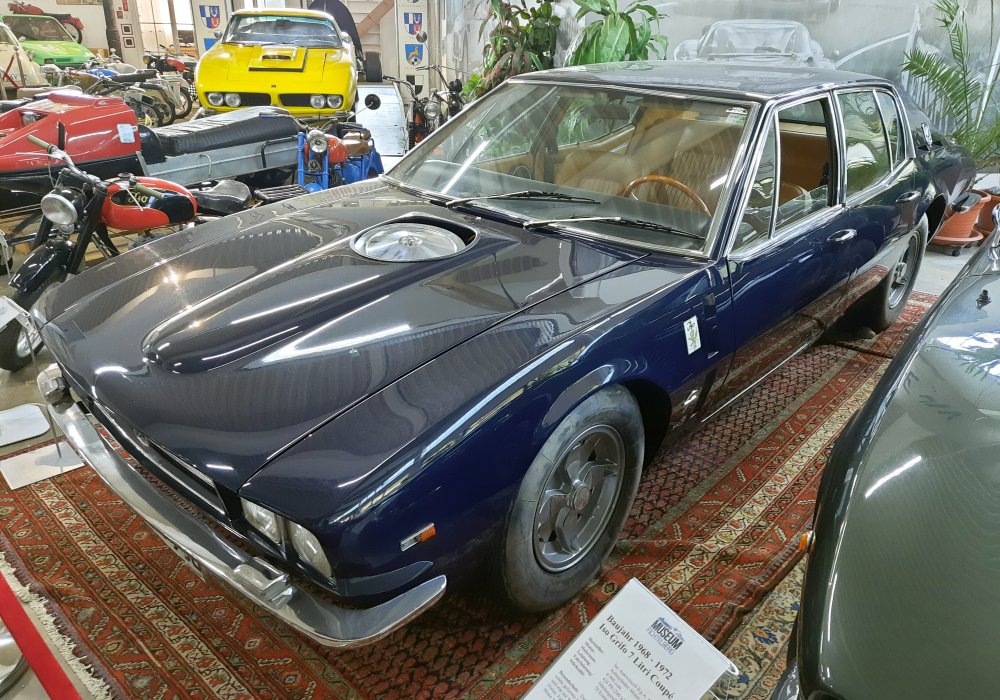Introduction to ISO
ISO is an Italian automotive marque best known for producing stylish and powerful grand tourers during the 1960s and early 1970s. Founded by Renzo Rivolta, ISO combined Italian design flair with reliable American muscle to create a line of cars that were both elegant and thrilling to drive. Although the brand was relatively short-lived, it left a lasting impression with legendary models like the ISO Rivolta, ISO Grifo, and ISO Lele.
Early History and Origins
Renzo Rivolta and the Founding of ISO
Renzo Rivolta was an Italian industrialist who initially made his fortune producing refrigerators and scooters. In 1939, he founded Isothermos, a company focused on household appliances. After World War II, he shifted toward motor scooters and microcars under the ISO brand, capitalizing on post-war mobility needs in Italy.
From Microcars to Grand Tourers
ISO gained early fame with the Isetta, a quirky, egg-shaped microcar that became a symbol of practical post-war transportation. The Isetta was licensed for production in several countries, including by BMW in Germany, which made the car a global success.
Despite the Isetta’s popularity, Rivolta had higher ambitions. He wanted to move beyond utility vehicles and into the world of high-performance luxury cars. In the early 1960s, he partnered with former Ferrari engineer Giotto Bizzarrini and famed designer Giorgetto Giugiaro to begin this transformation.
The Golden Years: 1960s to Early 1970s
ISO Rivolta GT (1962–1970)
The first true grand tourer from ISO was the ISO Rivolta GT, unveiled in 1962. It featured sleek styling by Bertone and was powered by a Chevrolet small-block V8 engine. This combination of Italian elegance and American reliability made it a standout on the market. It could reach a top speed of over 130 mph, putting it in direct competition with the likes of Maserati and Jaguar.
The Rivolta GT established ISO’s design DNA: luxurious interiors, sharp exterior lines, and muscle under the hood. It attracted wealthy buyers who wanted the flair of a Ferrari with the ease of American mechanicals.
ISO Grifo (1965–1974)
Perhaps the most iconic model in ISO’s lineup, the ISO Grifo debuted in 1965. Designed by Giorgetto Giugiaro and engineered by Bizzarrini, the Grifo was a low, wide, and aggressive sports GT that could comfortably cruise at high speed or compete on the track.
It initially used a 327 cubic-inch Corvette V8, but later versions featured even more powerful engines, including a 427 and eventually a 454 cubic-inch big block. These later variants could exceed 170 mph. The Grifo combined beautiful Italian styling with unrelenting power, and it’s now one of the most collectible grand tourers from the era.
ISO Fidia (1967–1975)
Seeking to broaden its lineup, ISO released the Fidia, a luxurious four-door sedan aimed at customers who wanted performance and comfort for their families. With its leather interior, wood trim, and ample space, the Fidia competed with high-end sedans from Jaguar and Maserati.
Despite its exclusivity and strong performance, the Fidia never sold in large numbers. However, it did gain some fame as John Lennon of The Beatles purchased one, giving the car a degree of celebrity appeal.
ISO Lele (1969–1974)
The ISO Lele was introduced as a more refined and slightly smaller alternative to the Grifo, with a 2+2 layout and a luxurious interior. Named after Rivolta’s wife, the Lele featured angular styling by Bertone and initially used Ford V8 engines, later switching to Chevrolet powerplants.
The Lele aimed to appeal to the American GT market but struggled with a lack of brand recognition outside Italy and stiff competition. Still, its mix of comfort and performance made it a hidden gem among European grand tourers.
Engineering and Design Partnerships
Giotto Bizzarrini’s Influence
Formerly of Ferrari and Lamborghini, Giotto Bizzarrini brought racing pedigree to ISO. He was instrumental in developing the chassis and suspension systems that gave ISO cars their precise handling and roadworthiness. His involvement also helped lend credibility to the brand during its formative years as a performance automaker.
Bertone and Giugiaro
The involvement of Carrozzeria Bertone and its young designer Giorgetto Giugiaro gave ISO cars their distinctive visual appeal. Giugiaro’s designs — especially the Grifo — were praised for their aggressive yet sophisticated look, blending muscle with elegance.
Business Challenges and Closure
Economic Pressures
By the early 1970s, the oil crisis, increasing safety regulations, and inflation hit niche luxury brands like ISO hard. While their cars were stylish and powerful, they were also expensive to build and relatively fuel-hungry, making them less appealing in a world increasingly focused on efficiency and emissions.
Internal Problems and End of Production
Renzo Rivolta died in 1966, and his son, Piero Rivolta, took over the company. Although Piero was passionate about continuing his father’s legacy, ISO struggled with low sales and high production costs. The company eventually ceased automobile production in 1974.
Modern Legacy and Collectibility
Collector Demand
Today, ISO cars — especially the Grifo — are highly sought after by collectors. Their blend of Italian styling and American performance gives them a unique appeal. Restored Grifos have fetched high prices at auctions, sometimes exceeding half a million dollars depending on condition and rarity.
ISO Revival Projects
Over the years, there have been occasional attempts to revive the ISO brand, including limited-edition continuation cars and concept revivals. While none have returned ISO to full production status, they demonstrate the enduring appeal of the marque’s heritage.
Influence on Automotive History
ISO’s formula — pairing reliable American V8 engines with exotic European styling — influenced other manufacturers like De Tomaso and Monteverdi. ISO also demonstrated that Italy could produce GT cars to rival the best from Britain and Germany, helping broaden the idea of what Italian automaking could be.
Important Models Summary
Isetta (1953–1956)
A tiny bubble car that saved ISO post-WWII and was later licensed by BMW. Not a performance car, but a commercial success and cultural icon.
ISO Rivolta GT (1962–1970)
ISO’s first true luxury GT — powerful, elegant, and built with Corvette muscle.
ISO Grifo (1965–1974)
ISO’s most famous and collectible car — a high-performance GT that rivaled Ferrari and Lamborghini.
ISO Fidia (1967–1975)
A four-door luxury sedan with bespoke interiors and strong American V8 performance.
ISO Lele (1969–1974)
A stylish 2+2 GT named after the founder’s wife, offering comfort and speed in equal measure.
Conclusion
The ISO Car Company was a rare breed — a manufacturer that understood both the art of Italian design and the science of American muscle. Though it operated in the luxury niche, ISO managed to produce some of the most beloved and enduring GT cars of the 20th century.
With only a few thousand cars ever made, ISO’s models have become symbols of a unique era in automotive history — a time when cross-continental collaboration created machines that were as thrilling to drive as they were beautiful to behold. Even decades after its closure, ISO remains unconquered in the hearts of classic car enthusiasts.
List of ISO Cars
| Image | Name | Summary | Categories | hf:categories |
|---|---|---|---|---|
| ISO Autocarro | The ISO Autocarro was a sturdy and practical light commercial vehicle produced by ISO Rivolta … | ISO | iso manufacturer | |
| ISO Autocarro 500 | The ISO Autocarro 500 was equipped with a single-cylinder, air-cooled, 500cc two-stroke engine, producing around … | ISO | iso manufacturer | |
| ISO Grifo 7 Litri 630 HP | The ISO Grifo 7 Litri 630 HP was the most extreme evolution of one of … | ISO | iso manufacturer | |
| ISO Grifo 7 Litri Coupé | The ISO Grifo 7 Litri Coupé was the most audacious and powerful expression of the … | ISO | iso manufacturer | |
| ISO Grifo A3/C | The ISO Grifo A3/C was one of the most extraordinary sports cars ever to emerge … | ISO | iso manufacturer | |
| ISO Grifo A3/L | The ISO Grifo A3/L was one of the most glamorous and accomplished grand tourers of … | ISO | iso manufacturer | |
| ISO Grifo Can Am | The ISO Grifo Can Am was the most extreme, most powerful, and arguably the most … | ISO | iso manufacturer | |
| ISO Grifo GL 300 | The ISO Grifo GL 300 was one of the defining grand tourers of the 1960s—a … | ISO | iso manufacturer | |
| ISO Grifo GL 350 | The ISO Grifo GL 350 was the natural evolution of one of Italy’s most refined … | ISO | iso manufacturer | |
| ISO Grifo IR8 | The ISO Grifo IR8 was one of the rarest and most intriguing evolutions of the … | ISO | iso manufacturer | |
| ISO Isetta | The ISO Isetta was a microcar produced by the Italian manufacturer Iso SpA starting in … | ISO | iso manufacturer | |
| ISO Lele IR6 | The ISO Lele IR6 was the original expression of ISO Rivolta’s final grand touring vision … | ISO | iso manufacturer | |
| ISO Lele IR6 Sport | The ISO Lele IR6 Sport was the most potent and dynamic evolution of ISO’s elegant … | ISO | iso manufacturer | |
| ISO Rivolta IR 300 GT | The ISO Rivolta IR 300 GT was the car that announced ISO’s transformation from a … | ISO | iso manufacturer | |
| ISO Rivolta IR 300 GT Coupé | The ISO Rivolta IR 300 GT Coupé was one of the most beautifully balanced and … | ISO | iso manufacturer | |
| ISO Rivolta IR 340 GT | The ISO Rivolta IR 340 GT was the more powerful and performance-oriented evolution of ISO … | ISO | iso manufacturer | |
| ISO Rivolta Lele F | The ISO Rivolta Lele F was the refined and more powerful evolution of ISO’s luxurious … | ISO | iso manufacturer | |
| ISO Rivolta S4 Fidia 300 | The ISO Rivolta S4 Fidia 300 was a car of quiet power and distinguished elegance … | ISO | iso manufacturer | |
| ISO Rivolta S4 Fidia 7 Litri | The ISO Rivolta S4 Fidia 7 Litri was the most powerful and exclusive evolution of … | ISO | iso manufacturer |
